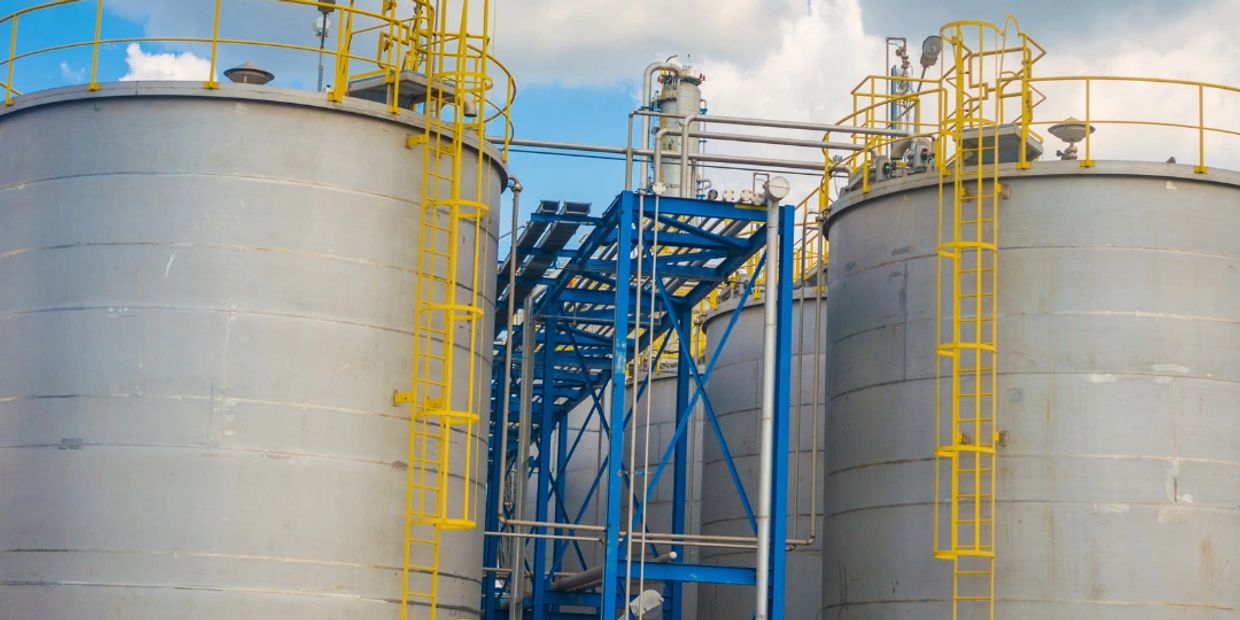Comprehensive Guide to Tank Welding Inspection for Safety and Quality
Comprehensive Guide to Tank Welding Inspection for Safety and Quality
Blog Article
A Detailed Introduction of Tank Welding Inspection Requirements and Methodologies for Improved Weld High Quality and Performance
The importance of welding inspection requirements in the manufacturing of storage tanks can not be overemphasized, as they work as the foundation for guaranteeing weld honesty and operational integrity. Various evaluation strategies, consisting of visual evaluations and progressed non-destructive screening methods, are crucial in recognizing prospective flaws that can jeopardize performance. Sticking to regulatory requirements not just boosts weld quality but likewise alleviates the threat of pricey failures. As we explore the nuances of these methodologies, it becomes crucial to take into consideration how a systematic method can transform present techniques and bring about significant renovations in end results.
Importance of Welding Assessment Criteria

Welding evaluation criteria include a variety of standards, including material specs, welding procedures, and credentials of personnel associated with the welding process. By applying these criteria, organizations can systematically determine and remedy possible defects, thus decreasing the probability of pricey fixings or tragic failures. Rigorous evaluation methods foster a culture of liability and accuracy, encouraging welders to keep high degrees of workmanship.

Common Welding Assessment Methods


Ultrasonic Testing (UT) is an additional prevalent strategy, making use of high-frequency audio waves to find interior defects that may not be noticeable externally. This method is particularly efficient for determining gaps or additions within the weld steel. Magnetic Particle Testing (MT) is additionally commonly utilized, especially for ferromagnetic products, as it exposes surface area and near-surface flaws with the application of magnetic areas and ferrous fragments.
Additionally, Liquid Penetrant Screening (PT) detects surface-breaking issues by using a penetrant to the weld and then utilizing a developer to draw out the penetrant. Each of these methods adds to a detailed evaluation approach, making sure that welds fulfill the stringent high quality requirements required in container building.
Regulatory Specifications and Compliance
Regulative requirements and compliance are important components in making certain the security and dependability of welded structures in storage tank building - Tank Welding Inspection. These requirements serve to develop minimum needs for product residential or commercial properties, welding treatments, and evaluation practices, thereby reducing the risk of structural failures and boosting overall efficiency
Trick organizations, such as the American Society of Mechanical Engineers (ASME) and the American Welding Society (AWS), offer standards that are widely embraced in the market. Compliance with these requirements not only makes certain adherence to best methods yet also satisfies lawful and legal responsibilities, safeguarding the rate of interests of stakeholders.
Regulative bodies usually mandate adherence to certain codes, such as ASME Code Area IX for welding certifications and API 650 for welded storage tanks. These codes describe needs for welding techniques, credentials of employees, and screening approaches to verify weld stability.
Regular audits and evaluations are essential to maintaining compliance, as they aid recognize deviations from established standards. Non-compliance can result in substantial charges, task hold-ups, and safety dangers. Therefore, a durable understanding of regulative standards and a commitment to compliance are paramount in achieving premium and long lasting welded container structures.
Non-Destructive Examining Techniques
Just how can the integrity of welded structures be assured without triggering damage? Non-destructive testing (NDT) approaches provide a robust solution, allowing inspectors to examine weld quality without endangering the product - Tank Welding Inspection. Among one of the most usual NDT methods are ultrasonic screening (UT), radiographic testing (RT), magnetic particle testing (MT), and color penetrant screening (PT)
Ultrasonic screening uses high-frequency acoustic waves to identify inner imperfections and define product residential or commercial properties. It offers specific dimensions and is specifically reliable for thick products. Radiographic testing involves passing X-rays or gamma rays with the weld, producing images that disclose architectural defects such as fractures or spaces. This approach is invaluable for evaluating the stability of intricate welds.
Magnetic particle screening is suited for ferromagnetic products, where electromagnetic fields disclose surface area and near-surface suspensions. Color penetrant testing utilizes a liquid color to highlight surface-breaking flaws, look at this web-site making it an efficient approach for non-porous materials.
Each of these NDT approaches has distinct benefits, enabling detailed analyses tailored to details materials and welding processes. By implementing these strategies, sectors can make certain the integrity and security of bonded frameworks, ultimately improving total performance.
Enhancing Weld High Quality With Examination
Effective evaluation plays an essential role in boosting weld high quality, functioning as a vital checkpoint in the fabrication process. By official site determining possible issues early, evaluations alleviate the threat of endangered architectural integrity and guarantee compliance with sector requirements. Employing a mix of aesthetic exams, non-destructive screening (NDT) approaches, and mechanical assessments, inspectors can spot problems such as porosity, fractures, and incomplete combination.
Executing a robust evaluation protocol not only enhances the general high quality of welds but additionally cultivates a society of liability amongst welders and producers. Routine training and accreditation of assessment workers guarantee that they are geared up with the necessary skills to identify and deal with possible problems efficiently. This proactive approach minimizes rework and linked prices, eventually contributing to project performance.
In addition, detailed paperwork of examination findings supplies beneficial insights into repeating concerns, facilitating constant improvement in welding techniques. view publisher site By leveraging sophisticated technologies, such as automated ultrasonic screening or electronic radiography, weld quality can be boosted with more accurate examinations. Finally, a strenuous inspection process is crucial in accomplishing high-quality welds, making certain security, reliability, and long life in tank manufacture.
Conclusion
In conclusion, the application of extensive container welding inspection standards and methods is crucial for ensuring weld stability and performance. By using a mix of visual evaluations, non-destructive screening methods, and adherence to regulatory standards, organizations can efficiently recognize and alleviate potential problems.
Report this page